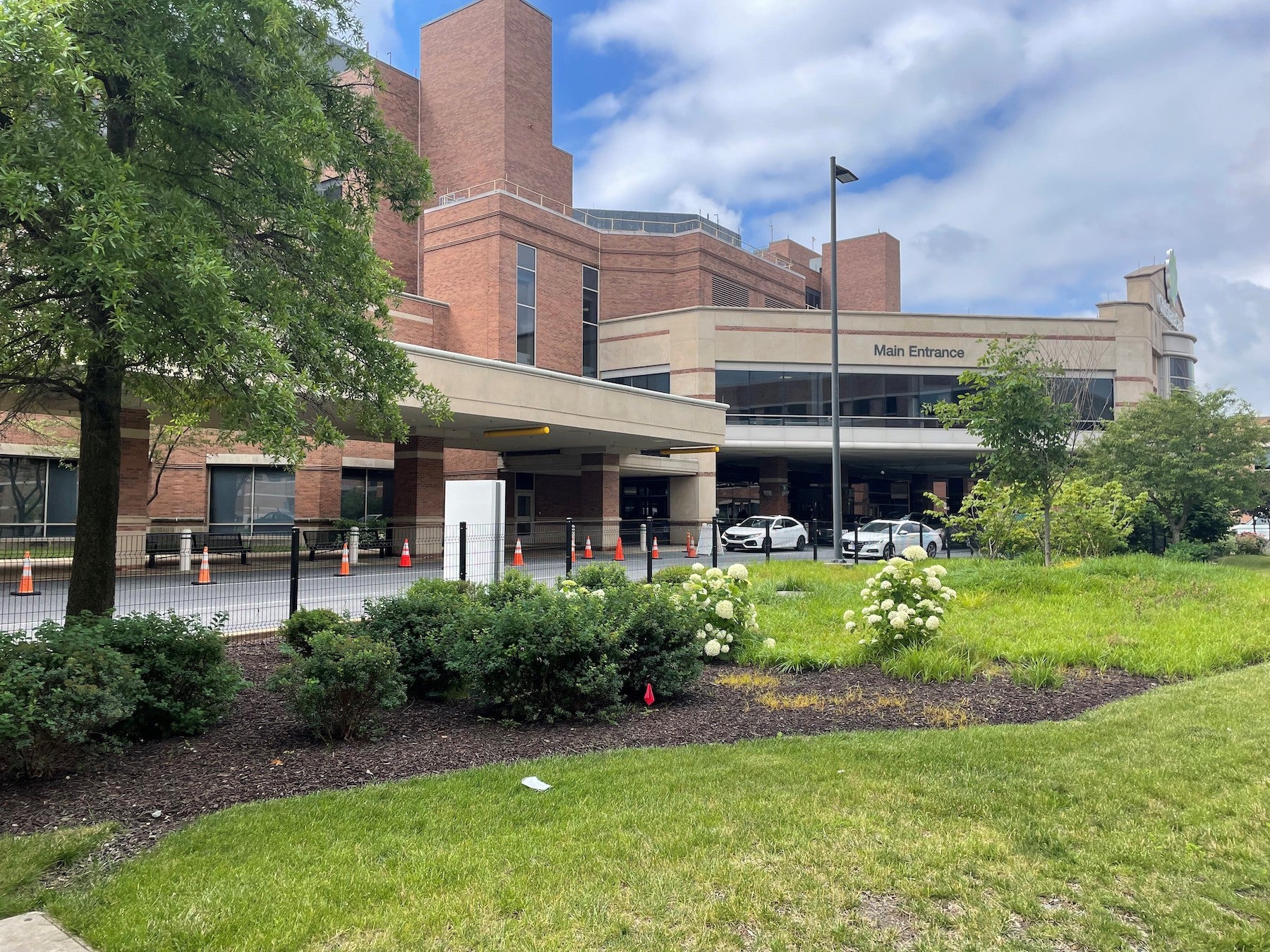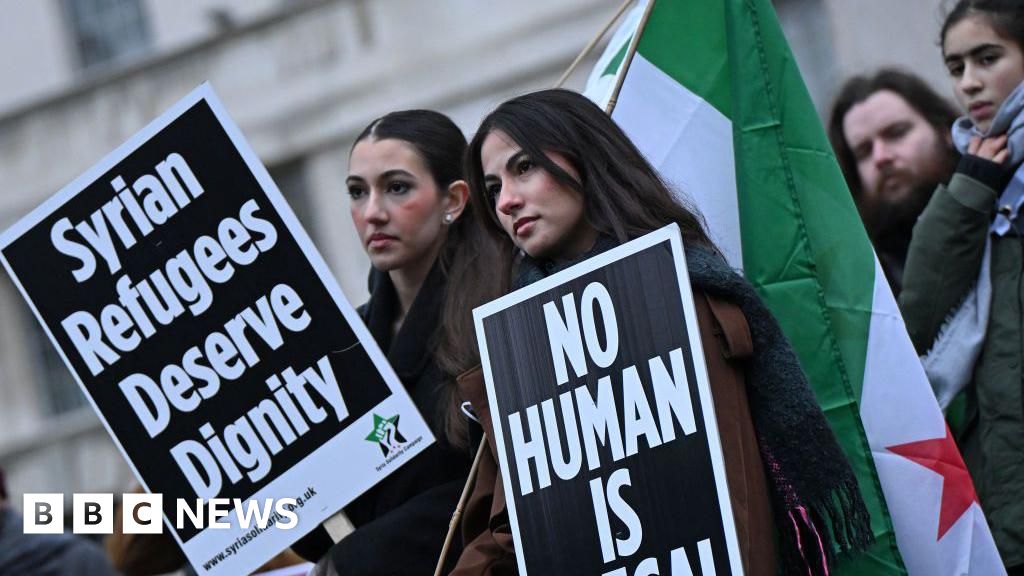By Allison Torres Burtka
Published
July 16, 2025
More than 18,000 vacant lots dot Baltimore's urban landscape, many of them overgrown with weeds and other vegetation, some used as dumping grounds for unwanted waste or sites of illicit activities.
Since 2014, the city and a collection of community groups have been on a mission to clean up and "green" these lots in various ways—mowing overgrown lawns and removing trash, converting spaces into community gardens and pocket parks, introducing playgrounds or public art such as murals.
New research suggests that greening a vacant lot doesn't just make a neighborhood look better—it also may boost the mental health of individuals who live nearby, particularly teens.
Research has consistently shown that teens who live in underresourced neighborhoods have poorer health than their more affluent counterparts. In Baltimore, many Black adolescents live in the most impoverished neighborhoods, with high mortality rates and high levels of crime and violence.
Project VITAL—short for Vacant lot Improvement to Transform Adolescent Lives—aims to assess how greening might help mitigate these health inequities among adolescents ages 14 to 19. The project is led by Kristin Mmari, a professor at the Johns Hopkins Bloomberg School of Public Health, and is part of the school's Bloomberg American Health Initiative.
"Many of these adolescents have high levels of exposure to violence and depression … something like greening may not be enough to kind of overcome those challenges."
Kristin Mmari
a professor in Johns Hopkins Bloomberg School of Public Health
"Many of these adolescents have high levels of exposure to violence and depression … something like greening may not be enough to kind of overcome those challenges," Mmari says. However, "what the study shows is it could actually bring them some happiness despite all of this going on."
Feelings of sadness are a significant problem for Baltimore high schoolers, according to the Annie E. Casey Foundation's KIDS COUNT Data Center. In 2022-23, nearly 41% reported feeling sad or hopeless almost daily, and nearly 21% had seriously considered suicide in the previous year.
For Project VITAL, which launched in 2020, researchers built a citywide database and map of more than 800 greened vacant lots, then surveyed 313 teens on measures of well-being, including happiness, depression, and sense of belonging, as well as food insecurity and exposure to violence.
The study is ongoing, but the strongest effect the team has found thus far is that adolescents who live within two-tenths of a mile (roughly two blocks) of a greened lot are significantly happier than those who don't, Mmari says. Researchers used a validated scale of happiness that asks participants to rate how much they agree with statements like "I am a cheerful person," "I have a lot of fun," and "I love life."
Happiness, or psychological well-being, "often doesn't get a lot of credit in health, but it is really important," Mmari says. "It's linked to so many health outcomes, not only in adolescence but in later adulthood as well."
Previous research in other U.S. cities has found that greening projects improve the physical and mental health of people around them, reduce violence, and reduce child maltreatment. But these studies have focused mostly on adults, not teens—who may respond differently to greened sites.
"We know from medicine and research historically that the adolescent group is very different developmentally, behaviorally, and socially," says Marina Jenkins, a postdoctoral research fellow in the Bloomberg School's Center for Adolescent Health. The ways teens experience and interact with their neighborhoods may differ from the ways adults do.
Measures of well-being
For measures of mental health beyond happiness, including symptoms of depression, the Project VITAL researchers haven't found a strong connection with greened lots.
Rates of violent crime were lower near the greened sites, based on city data. But when adolescents reported their personal experience with violence in the survey, there was no significant difference between those who lived near a greened site and those who didn't, Jenkins says.
As to why teens living near a greened site reported being happier than those who didn't, the answer may be a mix of factors. "It might be that there's a reduction of crime in the immediate area of where they live, which can lead to improved perceptions of safety that might be supporting happiness. It might be having access to a green space, where they are spending time with their friends or exercising," Jenkins says. "We don't know exactly what's promoting youth happiness, and that's what we're exploring further."
As to why teens living near a greened site reported being happier than those who didn't, the answer may be a mix of factors. "It might be that there's a reduction of crime in the immediate area of where they live, which can lead to improved perceptions of safety that might be supporting happiness. It might be having access to a green space, where they are spending time with their friends or exercising," Jenkins says. "We don't know exactly what's promoting youth happiness, and that's what we're exploring further."
The team interviewed adolescents this spring, with a focus on how teens interact with and feel about greened vacant lots in their neighborhoods. Some key takeaways from the survey were that spaces with playgrounds, sports/play equipment, seating, and lighting are most important, particularly related to happiness and mitigating food insecurity and PTSD. These features, they say, can encourage social interaction and outdoor recreation.
What are these greened lots?
Many greened sites have added vegetation and lighting, to improve safety, Jenkins says. Some also have community gardens, benches, and sports equipment, which young people value, and the researchers are looking into the benefit of these features.
But even when the space was only cleaned up and maintained, the surveys showed improved happiness, Jenkins says.
Those greening and maintaining the sites include a host of community groups, including Baltimore Green Space and Grow Home Baltimore, and city programs like Adopt-A-Lot.
Mmari notes that continued maintenance of a green space is important. Sometimes a space is greened but then forgotten about, and it becomes overgrown and unkempt again.
This approach to greening shows significant promise, especially for cities with large numbers of vacant lots, and these projects are generally low in cost.
Project VITAL is evaluating the costs and benefits of greening, including the effects of different types of greening. "If you want to scale up this type of intervention, you have to know these things—what's the cost-benefit ratio?" Mmari says. And which greening features matter most?
Ultimately, results of this study may help Baltimore and other cities and communities decide that greening projects are worth investing in—and help them determine what types of greening make the most difference for the people who live nearby.
For some projects, for example, teens are involved in helping to transform the vacant lots, and previous research has shown that their involvement may boost the benefits. Project VITAL plans to examine the impact on them. "We're expecting that young people that are engaged in greening are going to have that sense of belonging," she says, "which is really important."









 English (US) ·
English (US) ·